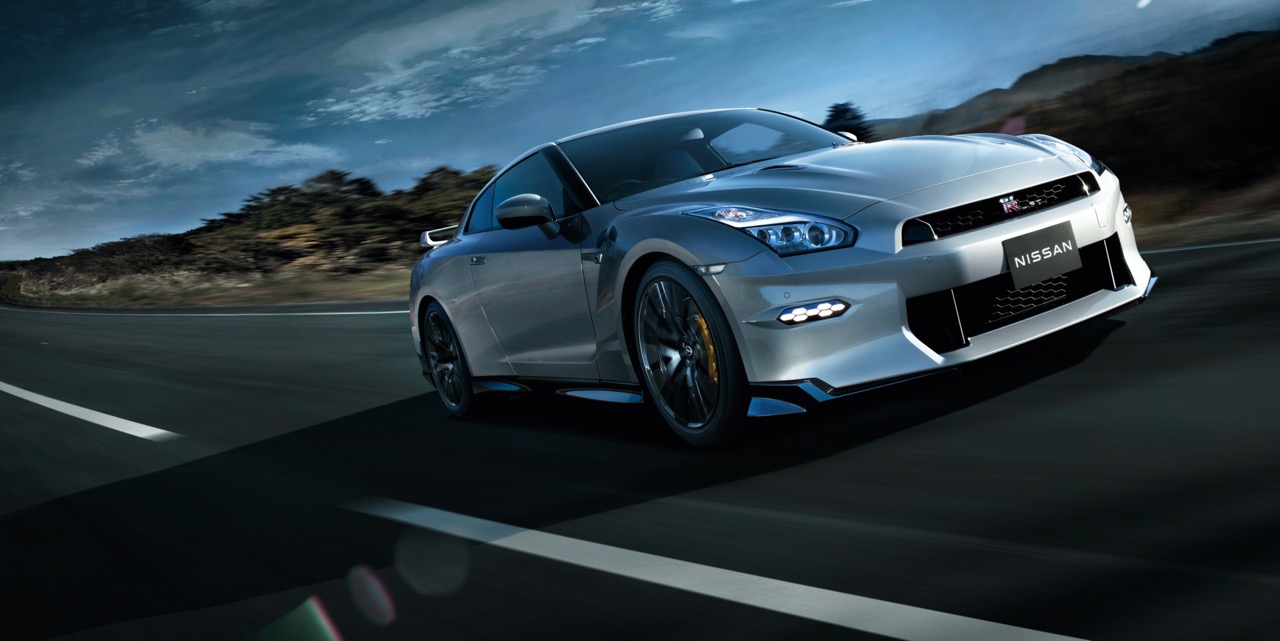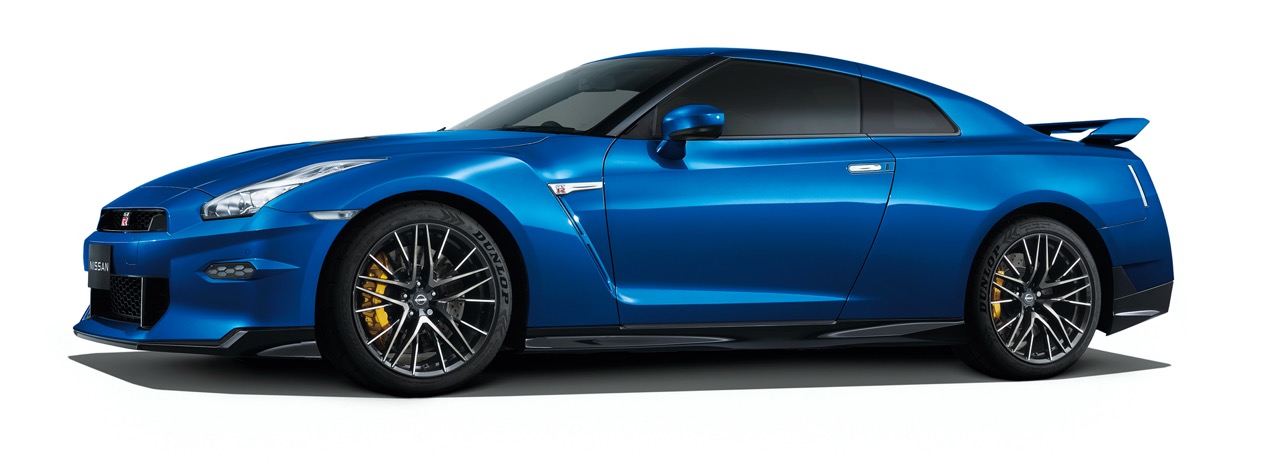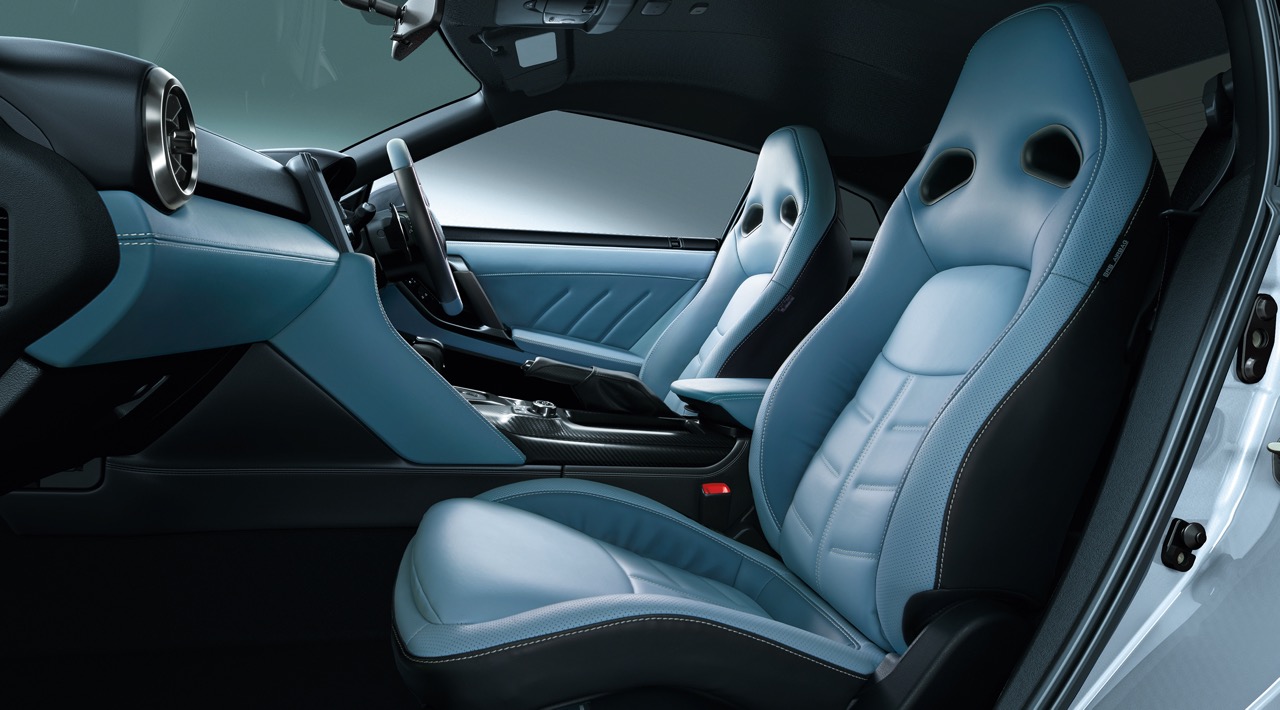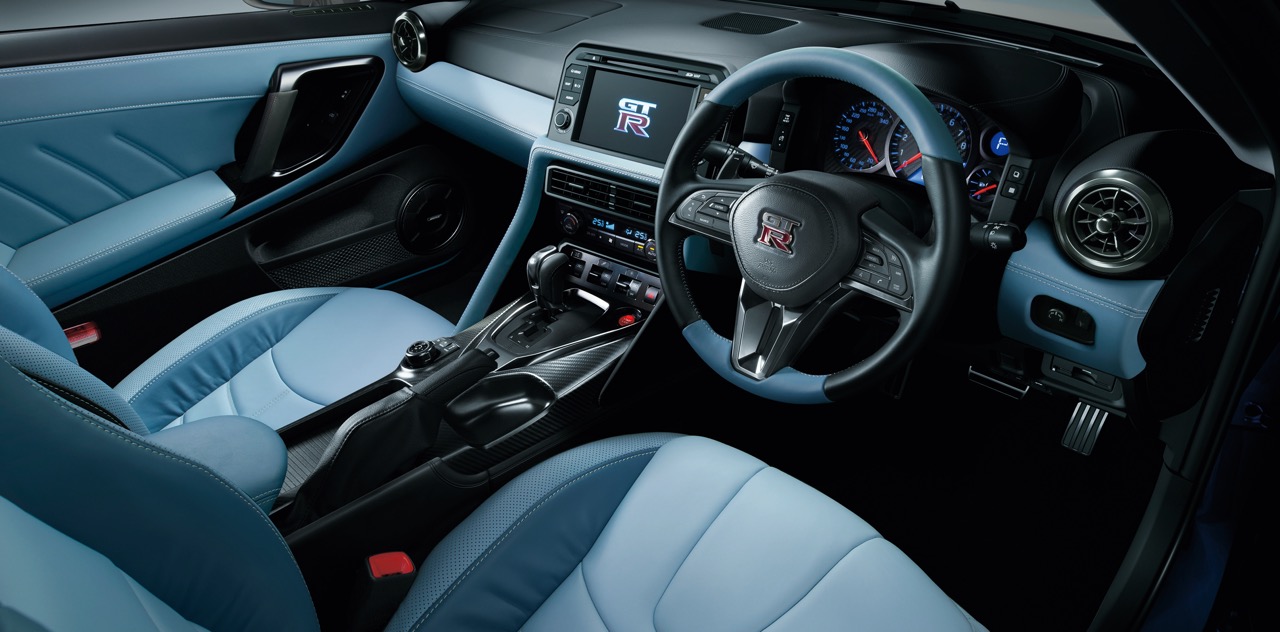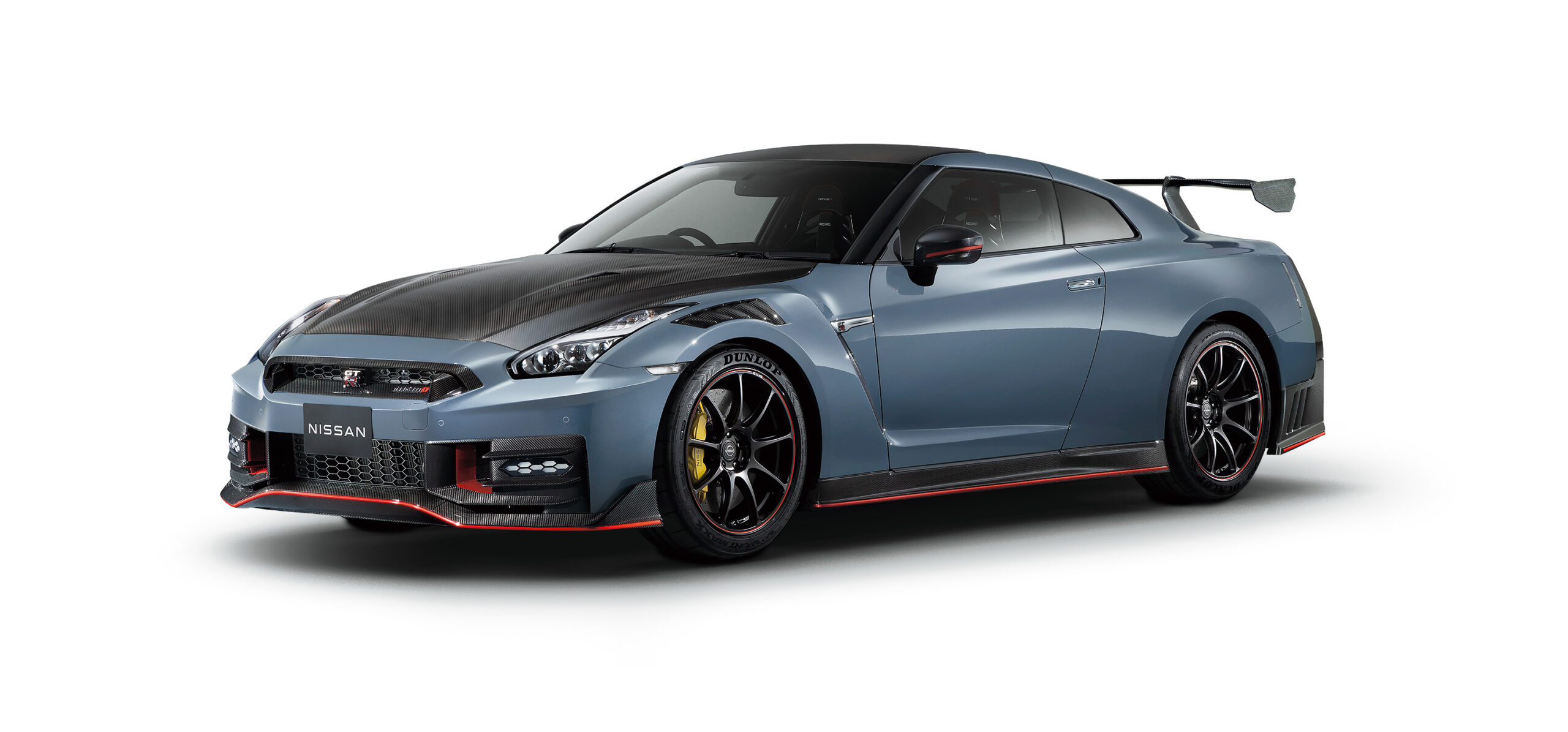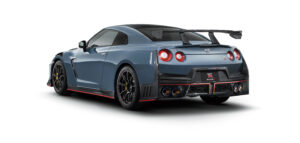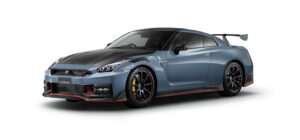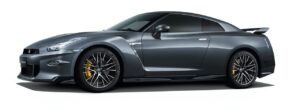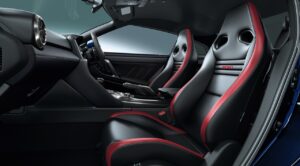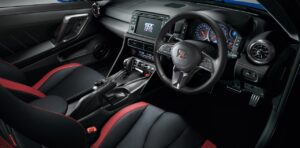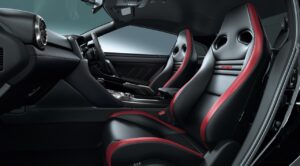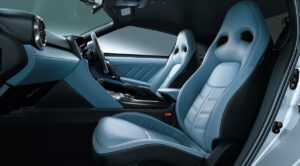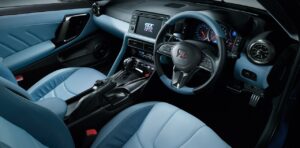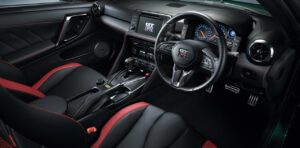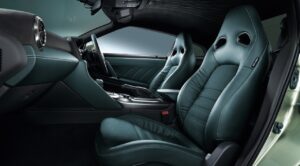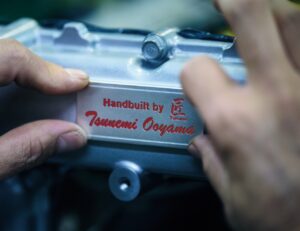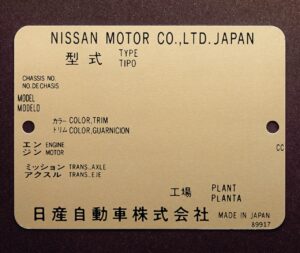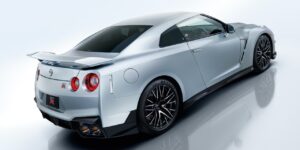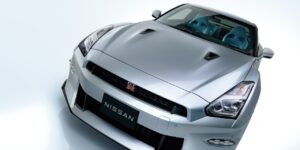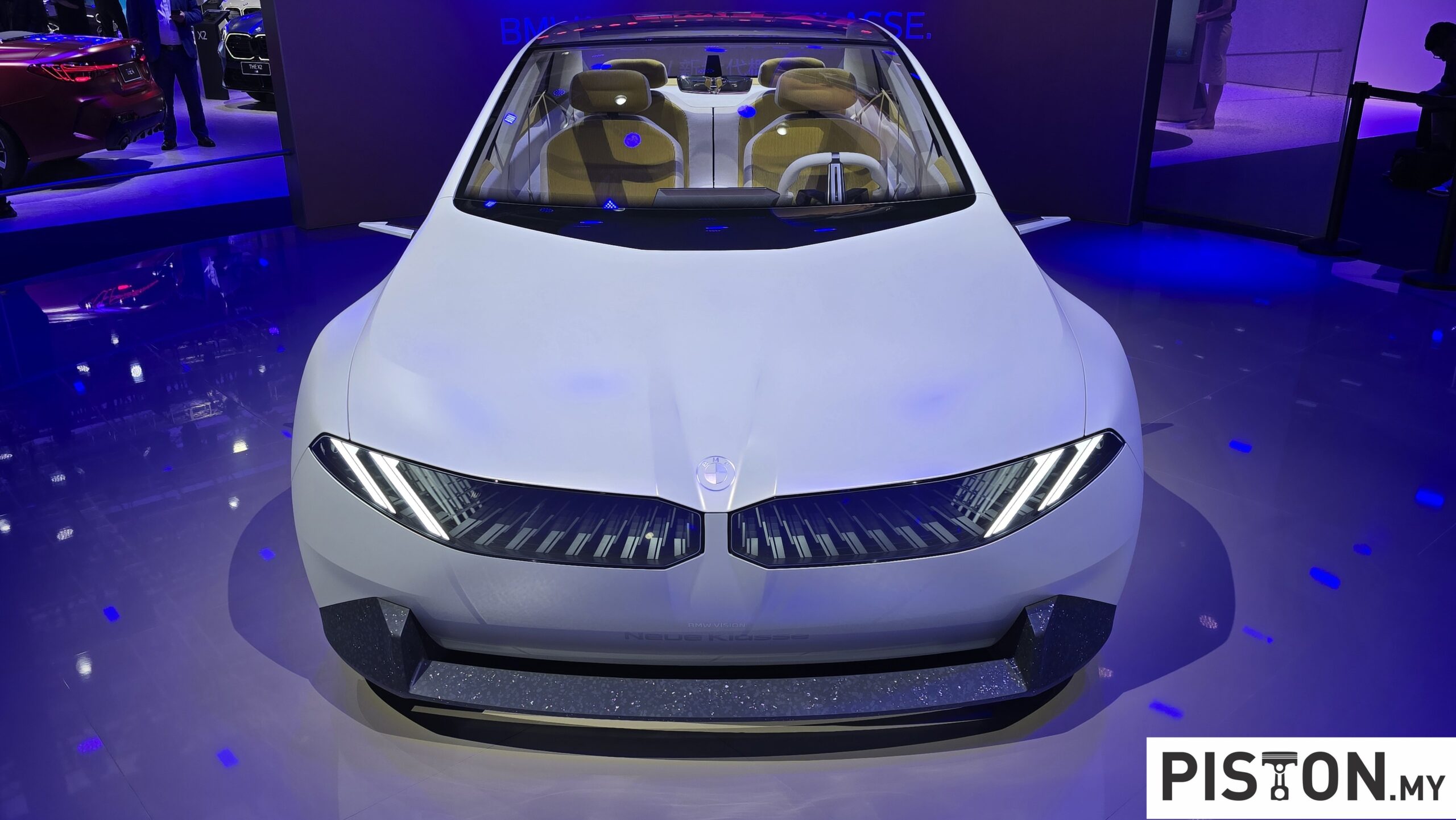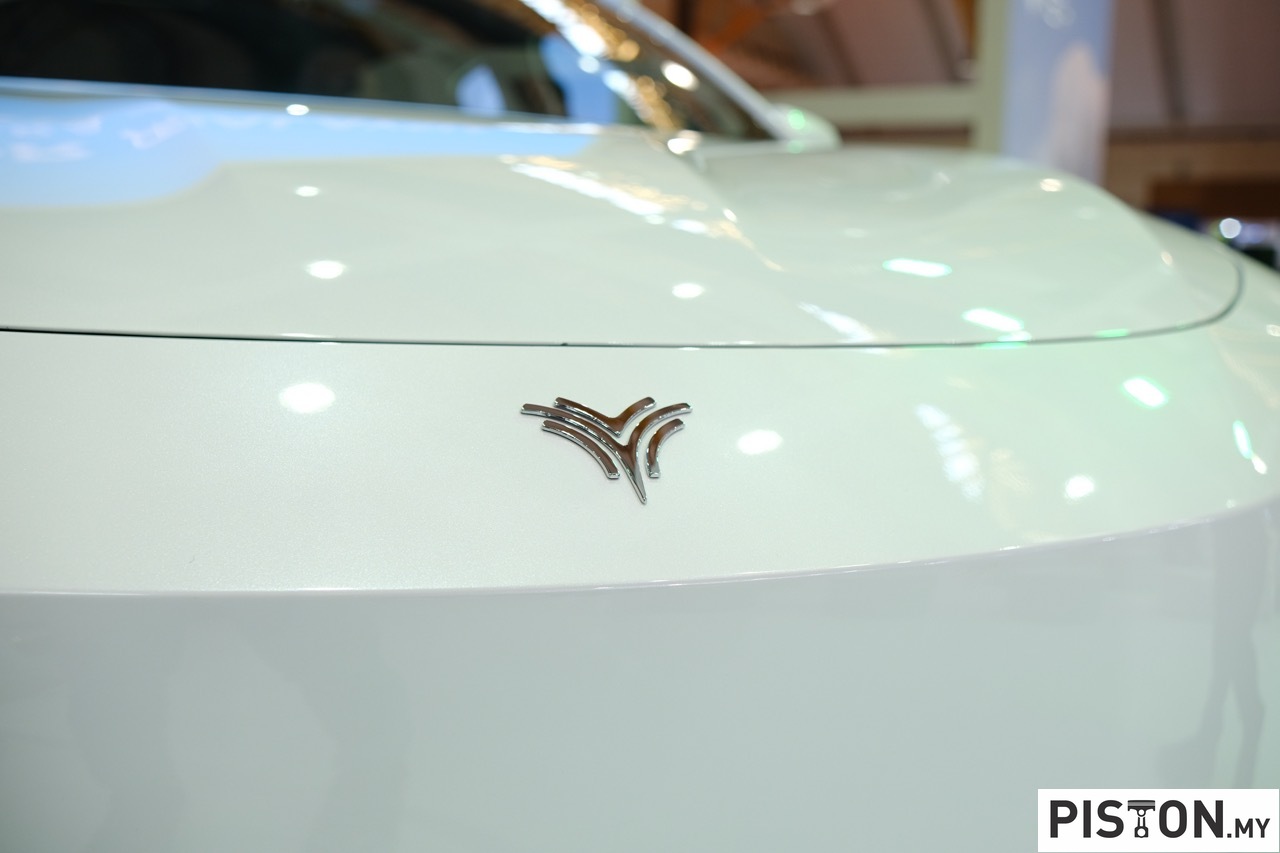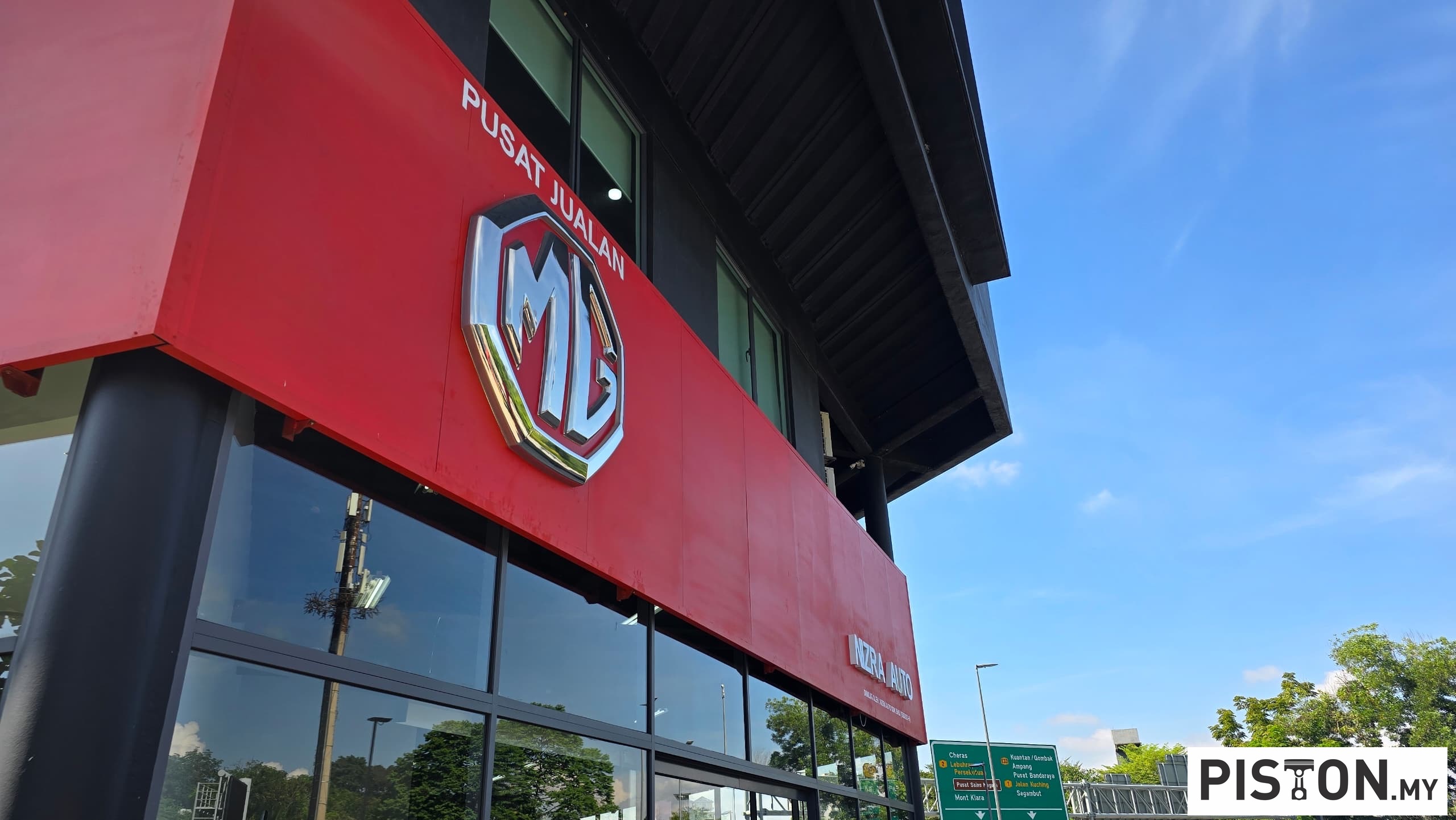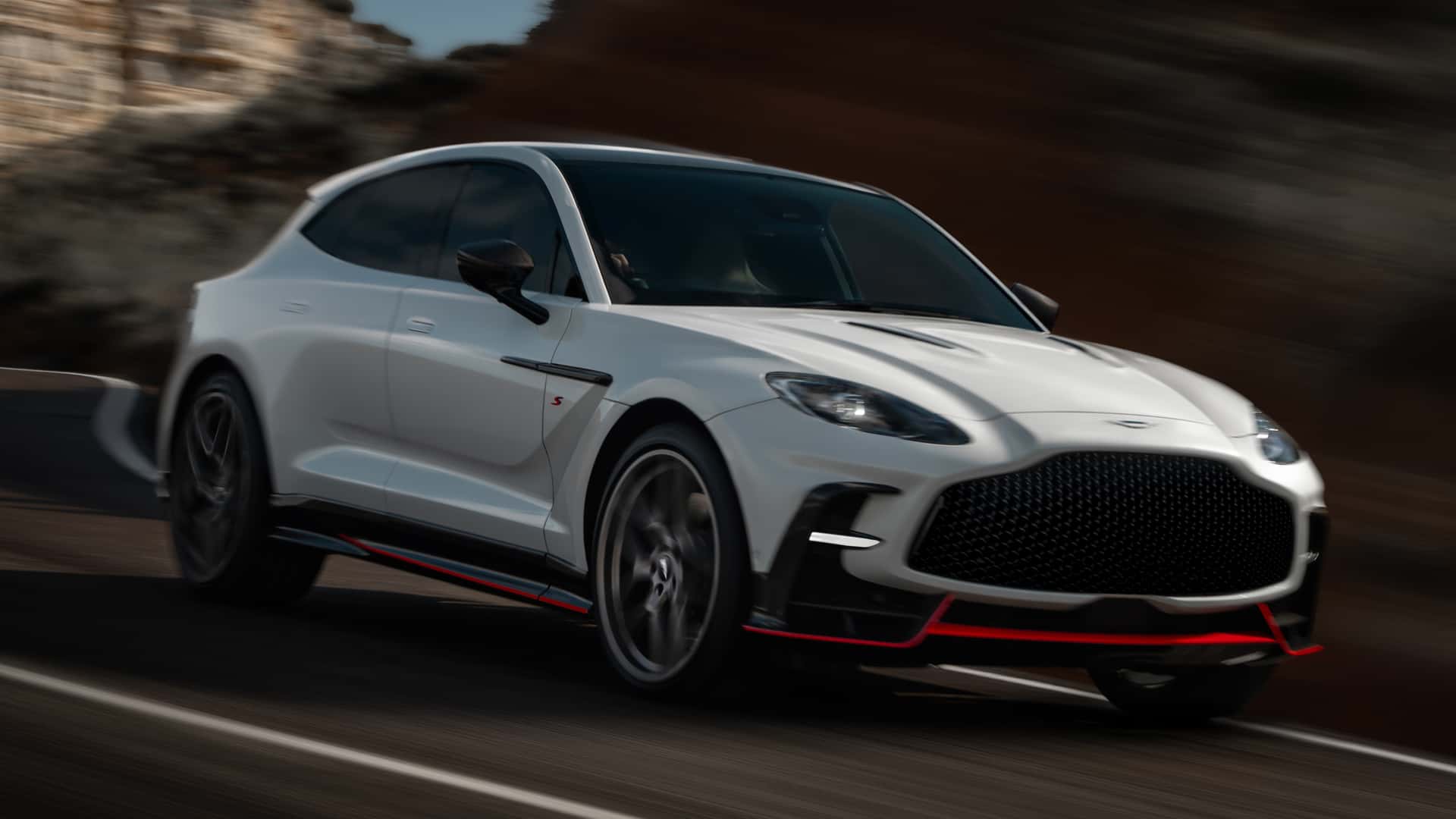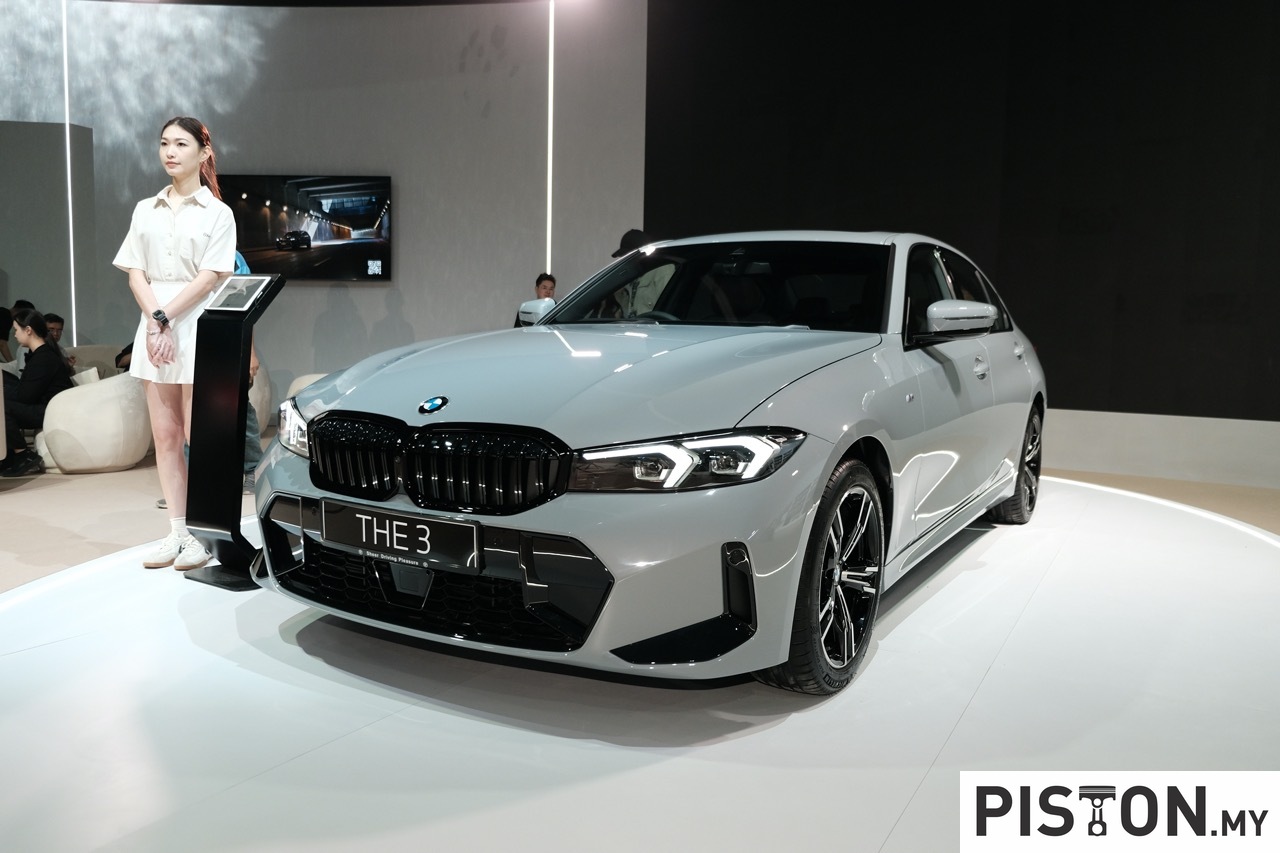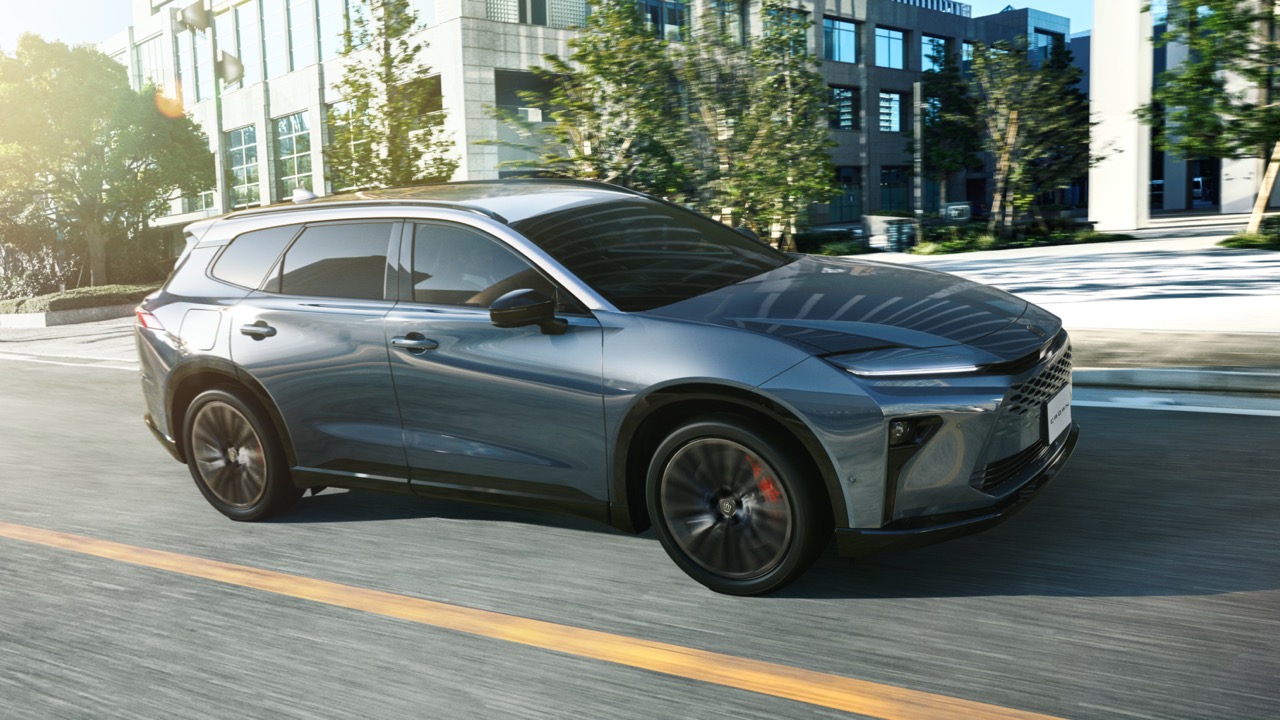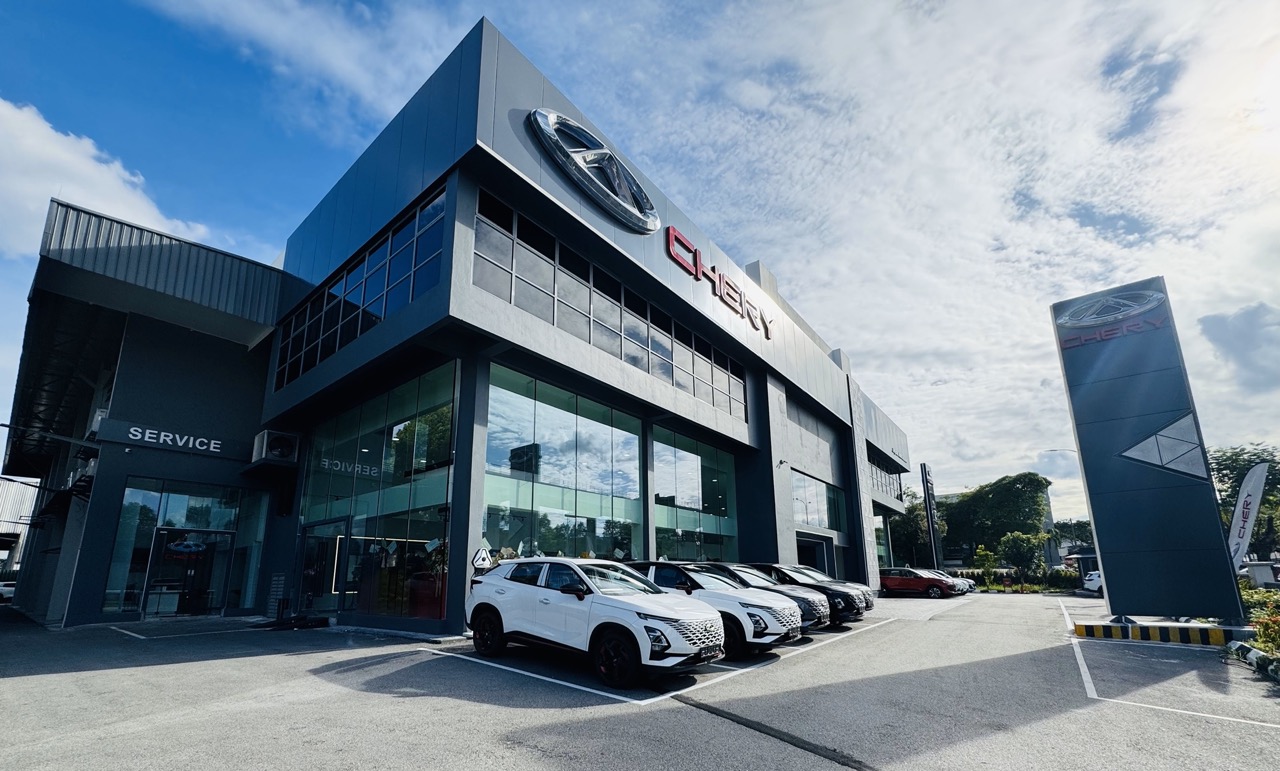Nissan’s recent launch of the 2025 GT-R in Japan has ignited excitement among enthusiasts, with the latest iteration of the iconic supercar set to hit the market in June. Despite minimal mechanical changes, the new model introduces notable enhancements, particularly in the Premium Edition T-spec and Track Edition variants. These models inherit high-performance hardware from the Nismo Special Edition, including weight-balanced piston rings, connecting rods, and crankshafts. Additionally, buyers of these models are treated to exclusive features such as an aluminium plaque displaying the builder’s name and a gold-coloured plate showcasing the chassis number.
In response to consumer preferences, Nissan has introduced a new interior trim option, dubbed Blue Heaven, for the Premium Edition variant, adding a touch of luxury to the driving experience. The pricing for the 2025 GT-R varies across the lineup, with the Premium Edition priced at around 15,587,000 yen (around RM493,489), the Pure Edition starting at 14,443,000 yen (around RM457,270), and the top-tier Nismo Special Edition commanding a hefty price tag of 30,613,000 yen (around RM969,344).
Despite the anticipation surrounding the release, Nissan has issued a cautionary note regarding production limitations, hinting at the possibility of demand outstripping supply and resulting in order refusals. Furthermore, rumours circulating in the automotive community, fuelled by reports from Japanese publication Mag-X, suggest that 2025 could mark the final year of production for the R35 GT-R.
According to these reports, Nissan plans to assemble only 1,500 units of the JDM-spec GT-R for the 2025 model year, with a limited quantity of 300 units allocated for the high-performance Nismo derivative. The decision to discontinue the GT-R is attributed to potential challenges in sourcing certain parts in the future, as indicated by Nissan’s communication with its dealers.
The impending discontinuation of the R35 GT-R marks the end of an era for the iconic model, which has enjoyed a remarkable production run since its inception in December 2007. With its development dating back to 2000, the GT-R has undergone several evolutions over the years, culminating in the current model. However, Nissan has hinted at the possibility of a new chapter with concepts like the Hyper Force concept unveiled at last year’s Japan Mobility Show, hinting at the potential for an all-electric GT-R in the future, expected to materialise by the end of the decade.





